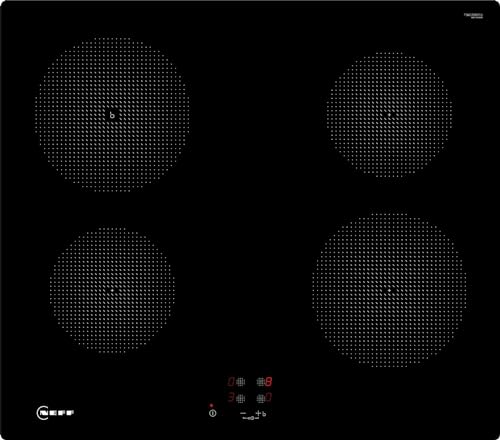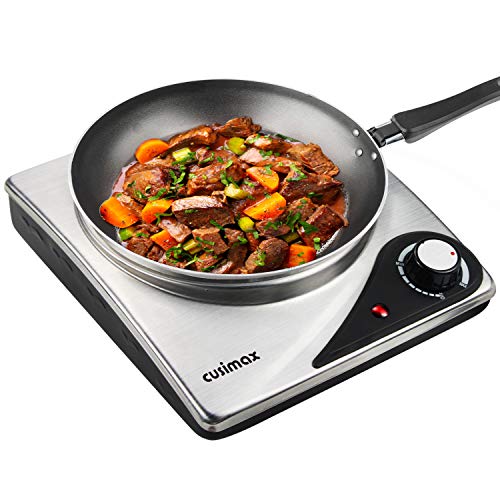Understanding Golf Balls: The Basics Every Golfer Should Know
What Makes Up a Golf Ball?
A golf ball is not just a simple sphere; it is a complex piece of engineering. The standard golf ball consists of a core, a mantle, and an outer cover. The core is usually made of rubber or a similar material, which provides the initial energy to propel the ball when struck. Surrounding this core is often a mantle layer that affects the ball’s spin and distance. The outer cover, typically made from a softer material, influences the feel of the ball and its performance on the green. Understanding these components helps us recognise how they affect flight and play.
Why Golf Balls Matter
Choosing the right golf ball is crucial as it directly impacts our game. The way a ball reacts with the clubface can influence our distance, accuracy, and control. For example, a ball that produces less spin might help us achieve straighter shots, while a high-spin ball could enhance our control on delicate shots around the green. Thus, selecting the appropriate type based on our playing style can significantly alter our performance.
Types of Golf Balls: What’s Best for Your Game?
Understanding Different Types of Balls
There are generally three main types of golf balls: two-piece, three-piece, and four-piece balls. Two-piece balls feature a solid core and a durable cover, making them ideal for beginners due to their distance capabilities and lower price. Three-piece balls, with a more forgiving feel and spin control, are suited for intermediate players seeking balance in performance. Four-piece balls are designed for advanced players who want enhanced control and spin in various situations, allowing them to shape their shots more effectively.
Which Ball Fits Your Skill Level?
As we determine which ball suits our game, it’s essential to consider our skill level. Beginners often benefit from the distance achieved with two-piece balls, while more experienced golfers might prefer the feedback and control offered by three or four-piece options. This tailored approach ensures that we enhance our game and enjoy the sport more fully.
Key Features to Consider When Choosing Golf Balls
Compression and Its Importance
Compression refers to how much a ball deforms under pressure from a club head. Lower compression balls are often more suited to slower swing speeds, giving extra distance due to easier deformation. Conversely, higher compression balls are ideal for fast swings, allowing for better control at the expense of some distance. Choosing the right compression for our swing speed can lead to improved performance on the course.
Cover Material and Feel
The cover material of a golf ball impacts not only its durability but also its playability and feel. Softer covers provide more spin and a better feel on the greens, which is vital for chipping and putting. On the other hand, harder covers typically enhance distance but may sacrifice some touch. Considering how we like the ball to interact with the club can guide our choice in cover material.
Top Recommendations for Golf Balls Based on Skill Level
Best Choices for Beginners
For beginners, we recommend options like the standard two-piece golf balls. Brands offer models that deliver excellent distance and stability, helping us focus on developing our swing without getting discouraged by equipment choices. These balls are often more affordable, allowing us to practise without worrying too much about cost.
Intermediate & Advanced Suggestions
As we progress to an intermediate level, we may want to explore three-piece balls that provide better control and a softer feel. For those at an advanced level, four-piece golf balls are our best choice, offering optimal spin control and distance management for shaping shots through varying course conditions.
Specialty Balls for Specific Needs
If we play in wet conditions or on particularly rough courses, looking into golf balls designed for added visibility or extreme durability can be beneficial as these balls often perform better under challenging circumstances, making our gameplay smoother regardless of the environment.
How to Maintain and Extend the Life of Your Golf Balls
Cleaning Your Golf Balls
A simple yet effective way to extend the life of our golf balls is to keep them clean. After play, use warm soapy water to remove dirt and grass stains. A clean ball maintains its aerodynamics and ensures consistent performance on the course.
Storing Golf Balls Properly
Proper storage is also crucial. Keeping our golf balls in a cool, dry place protects them from temperature extremes that can cause damage to the cover and core materials. Avoid leaving them in damp conditions or direct sunlight, which can cause deterioration over time.

































